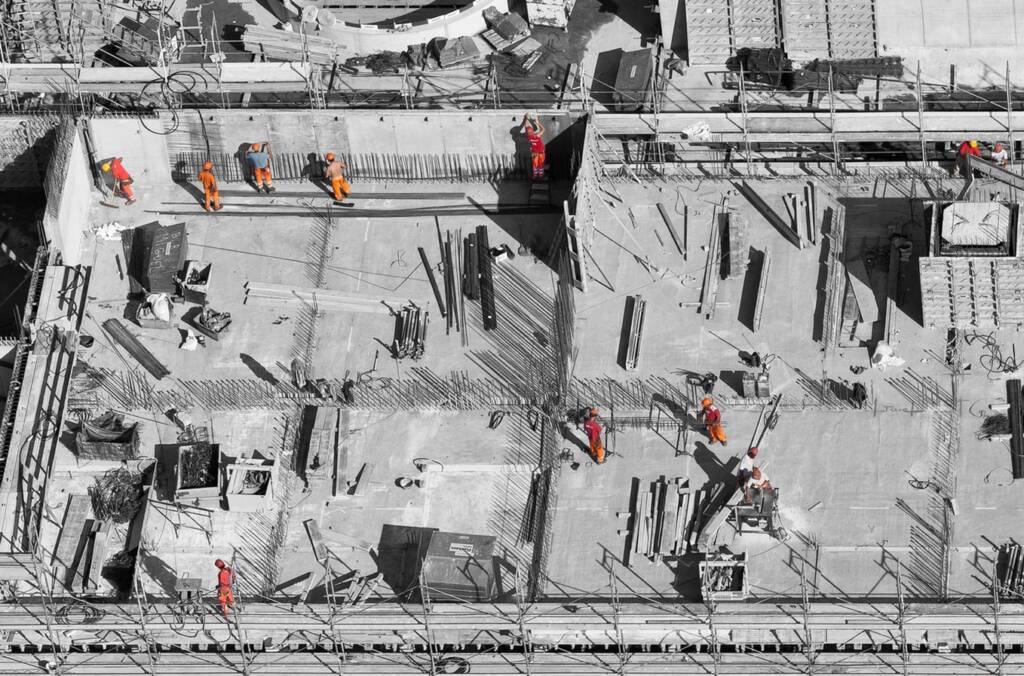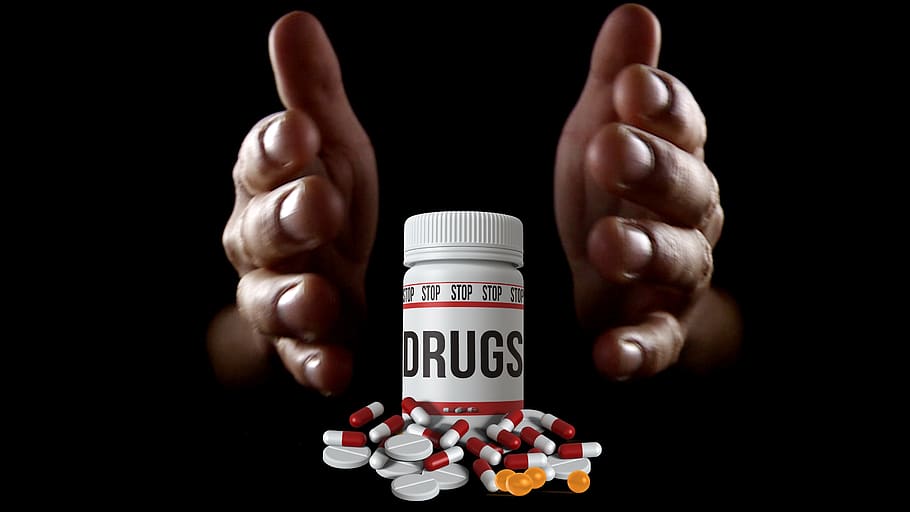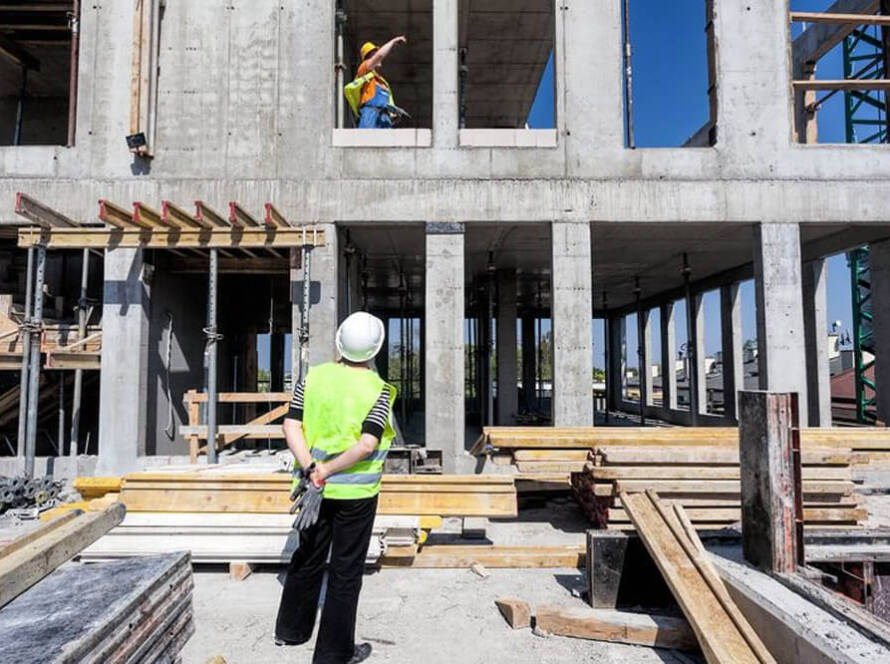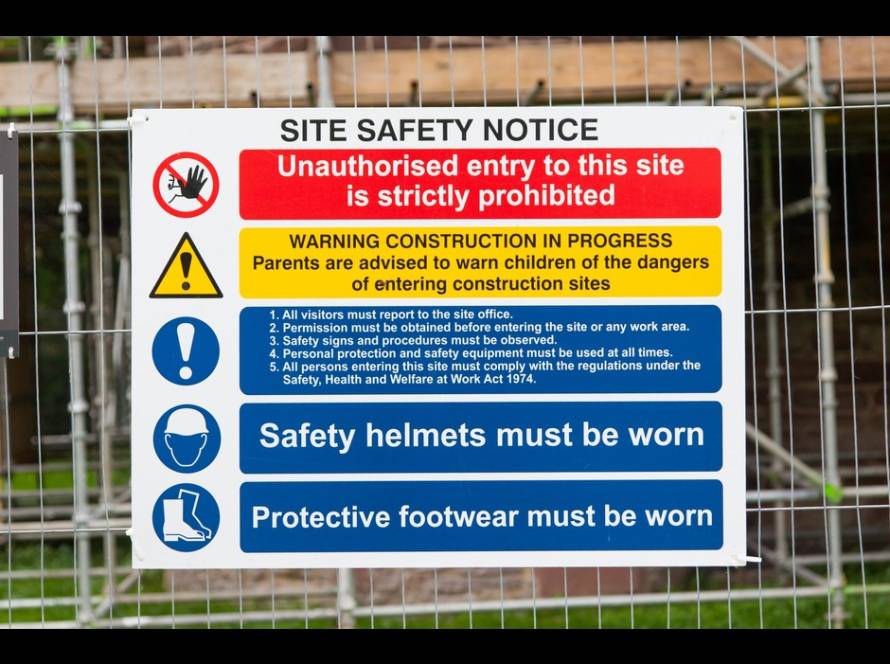By now, you’ve probably heard about mental health first aid and occupational health, but if you’re like most people, you don’t actually know what it involves. We decided to put together this in-depth article to hopefully answer all of your questions.
What does a mental health first aider do?
A mental health first aider, like a first aider, is the first to respond to a mental health issue in the workplace such as a panic attack. Mental first aiders are trained to identify mental health issues that may be underlying and they are trained to deal with issues that individuals may be facing.
While mental health first aiders are not a therapist, they are trained to deal with the issue before it escalates further. The mental health first aider can help the individual, to make their time at work easier on their mental health.
As with physical health, confidentiality is key in these kinds of situations. Therefore the mental health first aider must act accordingly without compromising the confidential nature of what the person has said.
Why should we have a mental health first aider on-site?
As with having a first-aider on-site, having someone trained in mental health first aid is essential to the health and well being of your employees. A mental health first aider can give a deeper understanding of the issues that impact a person’s mental health. Furthermore, the stigma is reduced around mental health as we talk about it more. This can be beneficial to employees with mental health, especially within the construction industry, where people are more closed off about their emotions and mental health.

In the construction industry, reducing the stigma can seriously help. With the highest rate of suicide, there are clearly underlying issues regarding mental health. A large part of the issue with mental health in the construction industry is the culture of the workplace, the Guardian reported “A lot of guys are away from family all week, when every night you might be on the booze, you’re in a room by yourself. Loneliness, the drink, the pressure – the banter when it goes too far and becomes bullying.” This culture is a detrimental factor that affects many workers, the inability to talk to your coworkers about how you are feeling leads to employees being lonely and bottling up their mental health issues to deal with on their own.
With a mental health first aider on-site, they will be able to monitor the culture of the site and make necessary changes to ensure that nobody feels this way.
Is it mandatory to have someone trained in mental health first aid?
Although it is now mandatory as it comes under occupational health, it is also highly beneficial. The employee who is trained in mental health doesn’t need to be solely dedicated to this, they are able to be trained in this so that they can carry out their own work whilst also acting as a mental health first aider.
Is mental health first aid the same as first aid?
Mental health first aid and first aid differ on many points but the premise is the same. It is the first response to a health issue, mental or physical. If an employee was to have a heart attack on the premises, you’d be happy to have a first aider on site. This is the same with mental health issues, having the first aider to deal with any issues in the workplace could be key to employee happiness and welfare.
Does it really make a difference?
Of course, it makes a difference. Having somebody to speak to confidentially about any issues you may be dealing with could benefit you a lot. Loneliness is a big issue, as we mentioned before, and having someone in the workplace to make an employee feel like there is someone listening, could be the first step to helping them.

On the other hand, the HSE states “There is no evidence that the introduction of Mental Health First Aid (MHFA) training programmes has improved the management of mental health in workplaces.” This is due to the lack of measurements to prove whether it is effective. Without statistical data that can quantifiably prove that mental health issues have decreased, it appears that the reports won’t change. This is due to mental health being an invisible issue, unlike physical first aid which can be seen through statistics such as workplace accidents decreasing.
How do you spot underlying mental health issues in the workplace?
It’s often difficult to spot mental health issues, however, some key identifiers are:
- Appearing anxious and irritable
- Lack of concentration
- Isolation from peers
- Increase or decrease in appetite
- Sleeping too little or too much
- Increased use/abuse of alcohol
- Use of drugs (Recreational and prescription)

These aren’t definitive examples that mean there is definitely an issue and the identifiers are not limited to the examples, however, they are key to spotting something that could be larger.
How can I help someone?
If you are worried about someone it can be difficult to know what to do. When you are aware there is an issue, it is important not to wait. Waiting and hoping they will come to you for help might lose valuable time in getting them support.
Talking to someone is often the first step to take when you know they are going through a hard time. This way you can find out what is troubling them and what you can do to help.
If you suffer or know someone who is suffering with mental health issues, you can find a full list of contact numbers here.
If you need to speak to someone from our team about this post for any reason contact us here.



